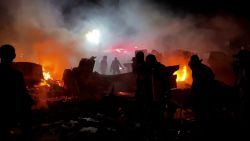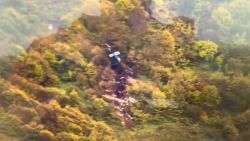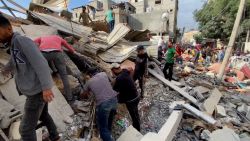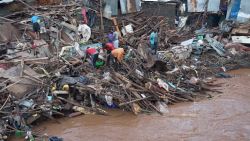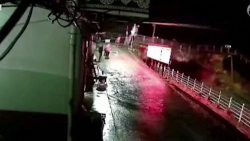A Japanese F-35 fighter crashed into the Pacific Ocean on Tuesday, raising questions about reliability and security of the most expensive weapons system ever made.
The stealth jet disappeared from radar minutes into a training mission from Misawa Air Base in northern Japan. Defense officials said its pilot signaled the need to abort the mission shortly before the plane was lost.
Japanese Defense Minister Takeshi Iwaya said debris from the plane, parts of its two tail fins, was found early Wednesday.
Japanese and US planes and ships, including a US guided-missile destroyer, were continuing to search for the pilot, the Japanese Ministry of Defense said, adding that the unnamed aviator was a male in his 40s with more than 3,200 hours of flying experience.
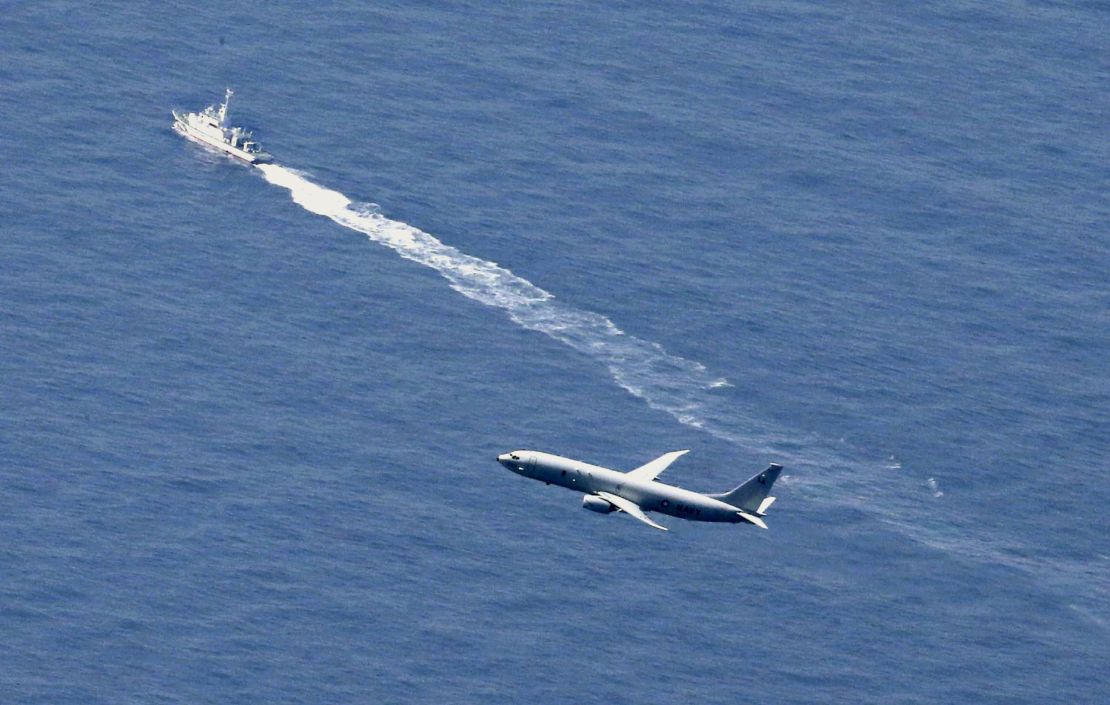
He was flying what is considered the best stealth jet technology in the skies.
With the world’s most advanced avionics, engines and weaponry, the Pentagon touts the F-35 as the “the most affordable, lethal, supportable and survivable aircraft ever to be used.”
As of August 2018, more than 310 F-35s have been delivered to militaries around the world, according to the plane’s maker, Lockheed Martin.
Japan’s first squadron of the $100 million fighter jets went operational just 11 days ago, with 13 of the jets forming the 302nd Squadron at the Misawa base, according to a report from The Diplomat.com.
Iwaya said Japan’s remaining dozen F-35s would be grounded until the cause of Tuesday’s crash is determined.
But early reports suggest system failure and that’s troubling because it might mean that something had been missed in the production process, said Carl Schuster, a former US Navy officer and professor at Hawaii Pacific University.
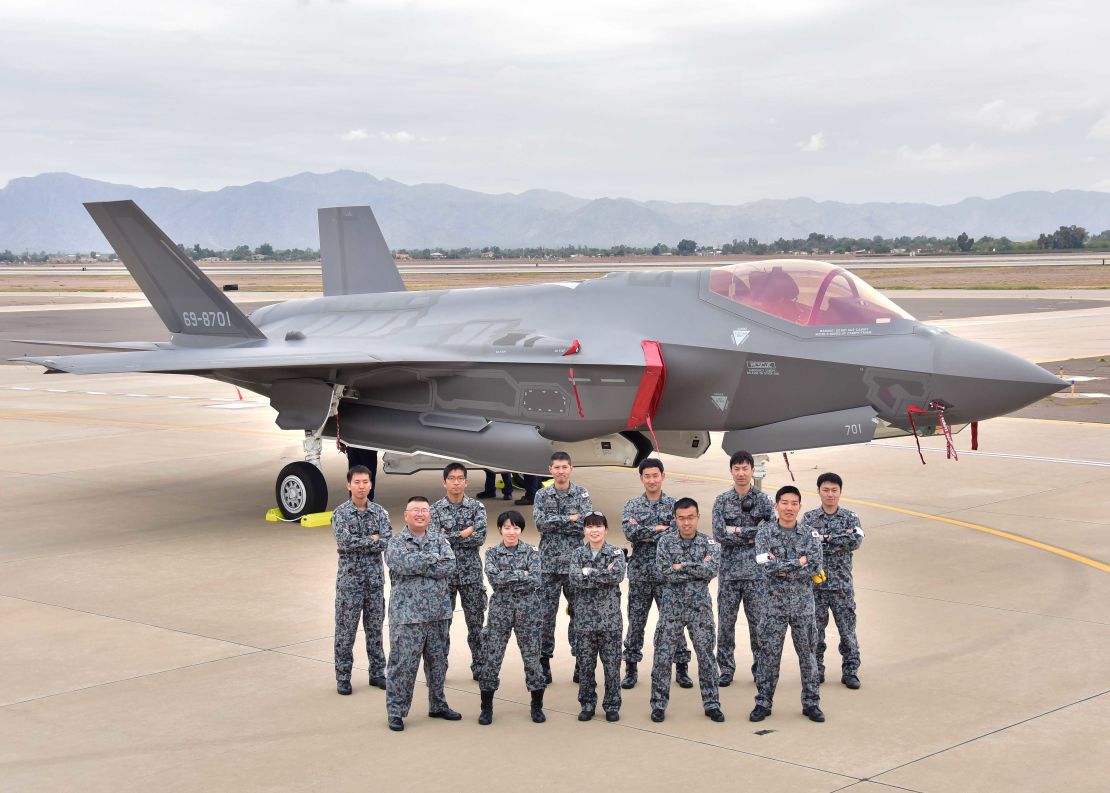
“Certification when it’s new is pretty demanding. The checkout is very thorough in early production models,” he said.
While most F-35s are made in the United States, the one that crashed Tuesday was the first to come off an assembly line in Nagoya, Japan, the Japanese Ministry of Defense said.
Peter Layton, a former Australian Air Force officer and analyst at the Griffith Asia Institute, said the Japanese assembly line would be one of the first places to look for answers.
“There are several hundred F-35s flying (worldwide) suggesting a local not fleet wide problem,” he said.
The fact that the Japanese pilot called for a mission abort but apparently did not issue a mayday call indicates a possible instrumentation problem, possibly with the plane’s wiring, Layton said.
“The pilot appears to have thought he was in command and not in imminent danger,” Layton said. It’s possible as the aviator was trying to troubleshoot he flew straight into the ocean, he said.
The Japanese jet, an F-35A model, is the second lost to an accident. A US Marine Corps F-35B crashed in Beaufort, South Carolina, in late September. US defense officials in October said a faulty fuel tube was the likely cause, and all F-35s operated by the United States and its allies were temporarily grounded for inspection.
Other incidents that have hit the F-35 program include a runway fire in Florida in 2014 which led to inspections of the plane’s engines; and five incidents in 2017 where pilots reported oxygen deprivation problems.
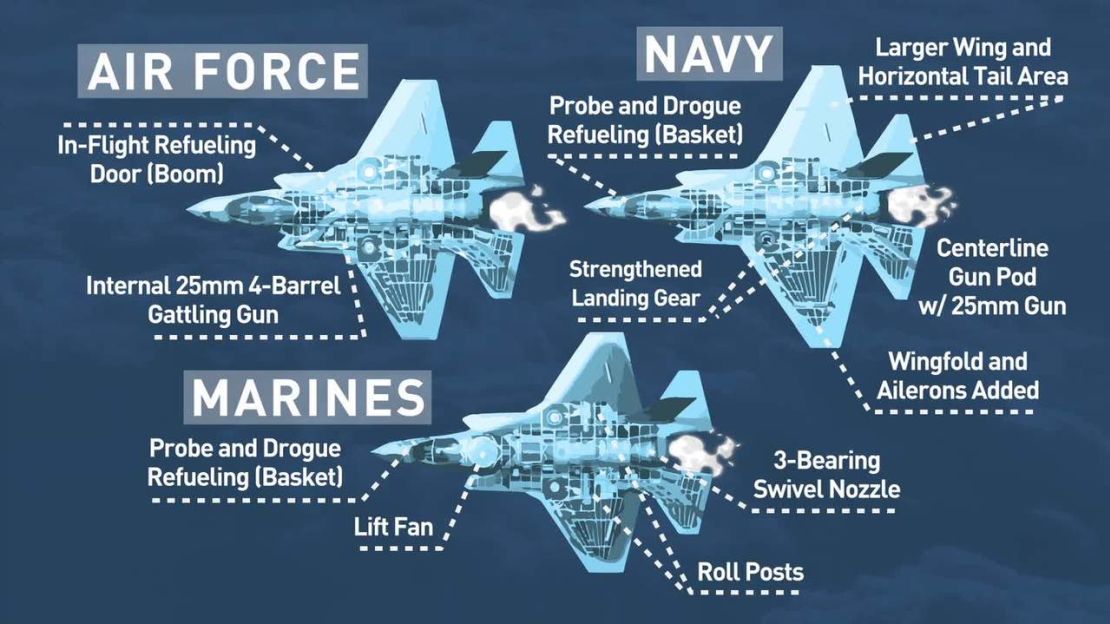
The F-35 comes in three versions. The F-35A, like the one Japan lost contact with Tuesday, is the one designed for air forces to use off conventional runways. The F-35B, like the one the US Marine Corps lost, is designed for short takeoff and vertical landings. The F-35C model is the US Navy’s version, designed for use off its aircraft carriers.
All contain an advanced electronic warfare suite which can allow seamless integration among users within one military or among allies.
The jet’s sophistication means the US and Japan would likely be acting quickly to recover any wreckage from the bottom of the Pacific before adversaries could get a look at it, Schuster said.
Even getting a look at the wreckage via a close up underwater camera could provide China or another adversary like Russia valuable intelligence, Schuster said.
“They’ll be worried about it,” Schuster said of the US and Japanese militaries. “China does have deep-sea recovery submarines.”
Schuster recalled an incident in the 1980s when the US military rushed to recover the a US F-14 Tomcat – then one of the world’s best fighters – that had crashed in the Caribbean before any adversaries could get a close look at it.
Tuesday’s crash is certainly a setback for Japan’s ambitious F-35 program. With 147 of the planes in its fleet or on order, Tokyo is Lockheed Martin’s second biggest customer for the plane.
Japan has announced plans to buy 105 of the F-35A models and 42 F-35Bs, the latter of which it could eventually use to turn its Izumo-class helicopter destroyers into small aircraft carriers, its first since World War II.
In the Pacific, South Korea and Australia have joined Japan in acquiring the jets, and Singapore has announced it wants to buy them too.
The F-35’s are seen as strong counters to China’s growing fleet of stealth aircraft, including the J-20 and J-31.
The first US combat mission conducted by an F-35 happened in October when a Marine Corps jet launched off the amphibious warship USS Essex struck targets in Afghanistan. In May, Israel announced it had conducted the first combat missions using the F-35 but offered few details.
CNN’s Yoko Wakatsuki contributed to this report.



